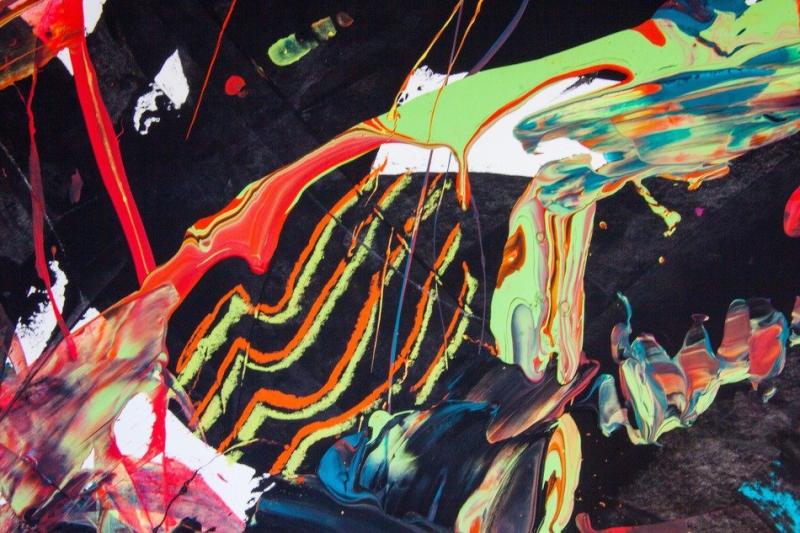What is Visual Arts Therapy?
Visual arts therapy, also known as art therapy, involves the use of art materials such as painting, drawing, sculpture or other art forms as part of the treatment process. It is a therapeutic technique that uses art media and the creative process to improve a person's physical, mental and emotional well-being. Art therapy sessions provide clients with an opportunity to express and communicate their thoughts, feelings and experiences through visual art and imagery. Through various creative activities and projects, clients gain deeper self-awareness and learn positive ways to cope with challenges in their lives.
How does it work?
In an art therapy session, the client works with different art materials like pencils, markers, paints, clay or collage materials under the guidance of a certified art therapist. The therapist leads the client through various creative exercises and themes to explore their inner thoughts and feelings. The process of creating and making art provides clients with an outlet for self-expression when words may not be easily available. By focusing attention onto the artwork, clients can gain clarity and insight into core issues underlying their presenting problems or concerns. The therapist also provides support, empathy and interpretation to help clients understand their creations and find new perspectives. Visual Arts Therapy empowers individuals to process their struggles constructively and develop empowering narratives through a creative, nonverbal medium.
Benefits of Visual Arts Therapy
There are many benefits of incorporating visual arts into the treatment process. Some key benefits include:
- Reduces stress and anxiety: The creative and expressive nature of art making releases tension in the body and calms the mind. It provides clients with a relaxing outlet to manage stress, worries and anxieties.
- Improves mood: Creating artwork and experiencing small successes can boost self-esteem and promote positive feelings. It releases dopamine and endorphins in the brain to lift one's mood.
- Enhances self-awareness: Working with various art materials gives insights into inner thoughts, emotions, talents and areas of growth. It aids self-discovery and understanding of one's inner experiences.
- Fosters self-expression: Nonverbal clients or those who struggle to verbalize find art an easy way to communicate their inner experiences. It provides an alternate, nonthreatening medium for self-expression.
- Supports emotional processing: Symbolically representing thoughts and feelings through visual symbols and colors makes the internal externalized and easier to reflect on. It facilitates emotional processing and release of difficult experiences.
- Encourages creative problem-solving: Artistic creativity cultivates flexibility, imagination and new perspectives to approach challenges in a resourceful manner. It builds resilience.
- Promotes relaxation and physical well-being: Art therapy aims to tap into the relaxation response through engaging in an enjoyable leisure activity. Studies have shown positive impacts on physiological health as well.
Areas of Application
The healing benefits of art therapy make it applicable across various settings and populations dealing with mental, emotional, behavioral or physical health issues. Some key areas where it is commonly used include:
- Mental health: It effectively assists in managing conditions like stress, depression, anxiety, trauma, PTSD, schizophrenia, bipolar disorder, etc.
- Addictions treatment: Integrating art therapy strengthens recovery programs for substance abuse and behavioral addictions like gambling.
- Hospitals and medical settings: It helps patients, families and staff in managing pain, stress, coping with illnesses and fostering wellness.
- Geriatric care: Creative engagement enriches lives of elderly populations in nursing homes and aids in memory, motor skills and quality of life.
- Education and child development: Using art cultivates social, emotional and academic skills in students. It directly helps manage learning disorders, grief or other issues.
- Rehabilitation and disability care: Art expression builds strengths, drives motivation and supports independence for people with special needs or disabilities.
- Community mental health: Programs promote inclusion, empowerment and wellness through public art studios for all.
As seen, using creativity to heal through visual arts can benefit people from all walks of life and effectively complement various types of treatment approaches. Art therapy is a powerful tool that taps into the therapeutic benefits of self-expression, processing and artistic endeavors.
Get More Insights on- Visual Arts Therapy
About Author:
Ravina Pandya, Content Writer, has a strong foothold in the market research industry. She specializes in writing well-researched articles from different industries, including food and beverages, information and technology, healthcare, chemical and materials, etc. (https://www.linkedin.com/in/ravina-pandya-1a3984191)
